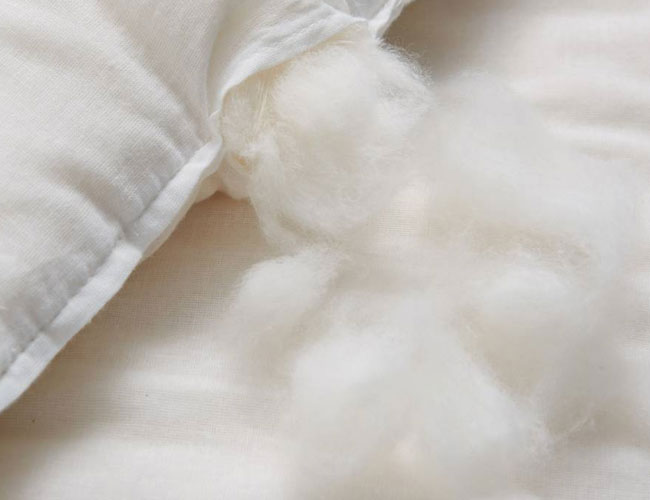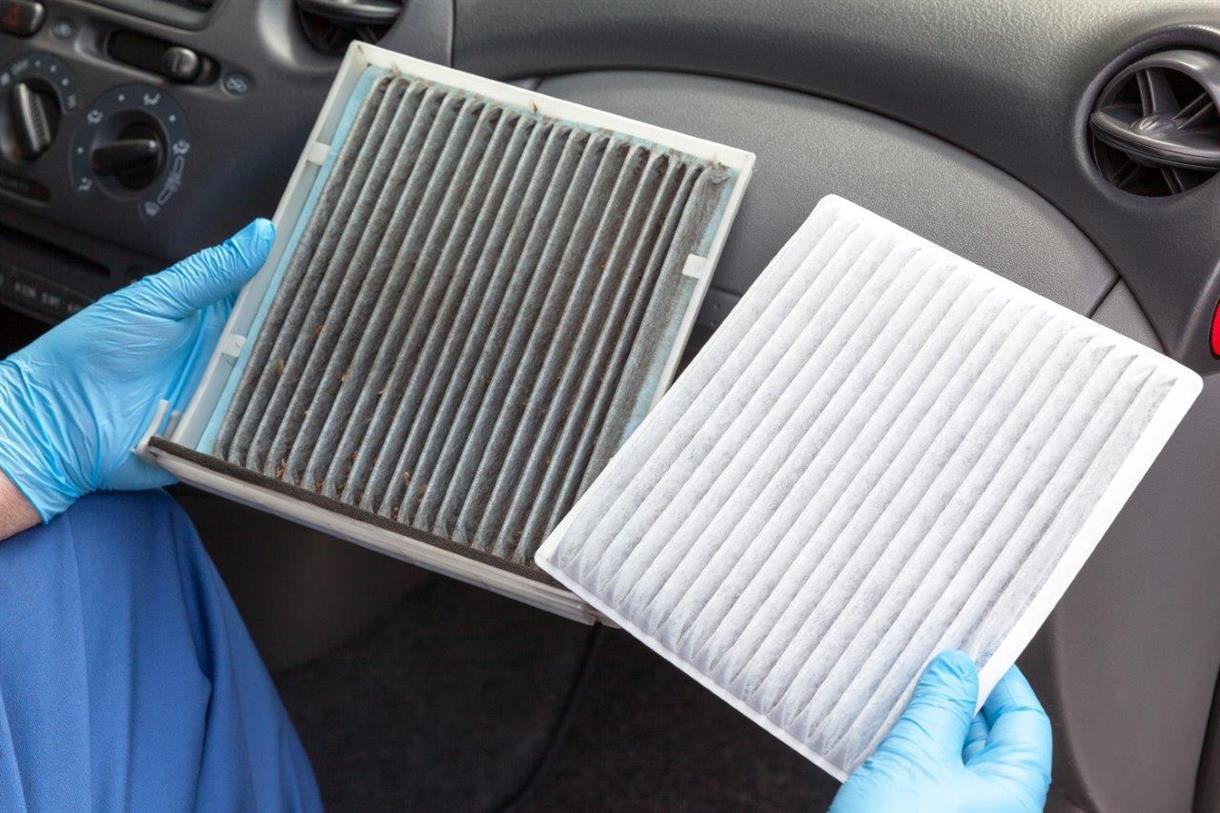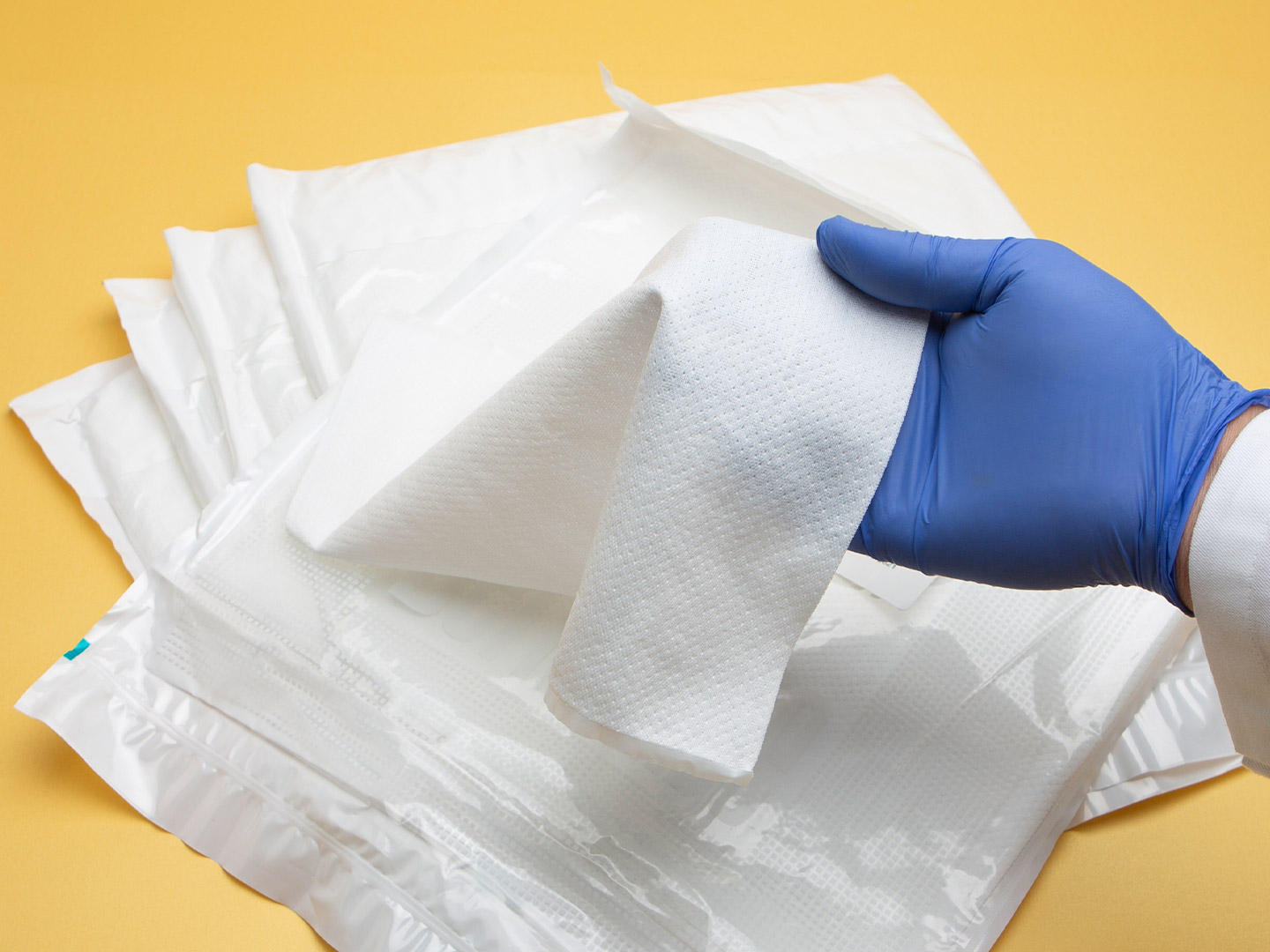
Cotton is a natural fiber, extracted from cotton. It is one of the most commonly used raw materials in cotton fabrics. Cotton fabric is breathable, comfortable, moisture absorbent, and easy to dye. It comes from the fibers around the seeds of cotton fabric, which take on a round, fluffy shape when the seeds mature.
In addition, it has low skin irritation and is more environmentally friendly and easily degradable than other synthetic fibers. It is especially popular in summer because of its softness and breathability. Therefore, most clothing, upholstery, and home furnishings are made from cotton fabrics. It should be noted that the ironing temperature of cotton fabric should not be too high, and it is also important to do a good job of waterproof and moisture-proof backup. In short, cotton fabric with its excellent performance and low production cost has become a popular fabric.
Cotton fiber has good moisture absorption, under normal circumstances, the fiber can absorb water from the surrounding atmosphere, its water content is 8 ~ 10%, so it touches human skin so that people feel soft and not stiff. If the humidity of cotton increases and the surrounding temperature is high, the amount of water contained in the fiber will all evaporate and dissipate, so that the fabric remains in a state of water balance, making people feel comfortable.
Because cotton fiber is a poor conductor of heat and electricity, the heat transfer coefficient is very low, and because cotton fiber itself has porous, high elasticity advantages, between the fibers can accumulate a lot of air, air and is a poor conductor of heat and electricity, so, cotton fiber textiles have good warmth, wearing cotton woven clothing to make people feel warm.
Cotton fabric heat resistance is good, below 110 degrees Celsius, will only cause the evaporation of water on the fabric, will not damage the fiber, so cotton fabrics at room temperature, wearing use, washing printing and dyeing, etc. on the fabric are not affected, thus improving the cotton fabrics washable and wearable performance.
(1) Easy to wrinkle: wrinkle is not easy to finish.
(2) shrinkage: the negative effect of cotton fiber moisture absorption force, cotton fabric shrinkage rate is 2% to 5%.
(3) Deformation: the negative effect of cotton fiber porous and large gaps, is to the overall fabric is lighter and thinner, and clothing is easy to deformation. If thickened, and look bulky.
(4) Sticky hair: the fiber's porous structure of the hair adsorption force is stronger than other fabrics, and it is difficult to remove thoroughly.
(5) Afraid of acid: alkaline resistance is bound to be afraid of acid, acidic environment cotton fabric corrosion force is super strong, sometimes a drop of vinegar accidentally get on the clothing, will produce fatal damage.

Cotton fabric can be made into clothes, cloth, cotton swabs, filter cotton, gloves, shoes, masks, quilts, bills, and medical bandages.
Cotton can be made into various sizes of fabrics. Cotton fabric is firm and wear-resistant, and can be washed and ironed at high temperatures. The cotton fabric absorbs and dehumidifies moisture quickly and makes it comfortable to wear. The main and by-products of cotton have a high value of use, as the former said "Cotton is a treasure all over". It is not only the most important fiber crop, but also an important oil crop, food crops with high protein, or textile, fine chemical raw materials, and important strategic materials.
Therefore, efforts must be made to increase cotton production, improve the comprehensive utilization, and increase the value of production, in order to increase the income of cotton farmers and meet the needs of the national economic development in many aspects.
Also called Asian cotton, refers to the cotton in the cotton and grass cotton varieties of cotton, thick and short fibers, and elastic. Such cotton fibers because of the short length, coarse and stiff fibers, white or whitish, less mercerized, the use of value and unit production is low, and then the domestic has been basically eliminated, the world also has no product cotton production.
Also called land cotton, is the land cotton varieties of cotton fiber fineness and length of medium, color white or cream, with mercerization, can prevent 11 ~ 100tex (60 ~ 6 English counts) of fine yarn. Fine lint cotton accounts for 85% of the world's total cotton production, but also is currently the most important cultivated cotton species in China.
Also called island cotton, refers to the island cotton varieties of cotton and sea and land mixed cotton, long fiber, fine and soft, creamy white or light yellow color, rich in mercerization, excellent quality, is the raw material for the production of cotton yarn below 10tex. Now the production of long-staple cotton countries mainly in Egypt, Sudan, the United States, Morocco, and Central Asian countries. China's main production base of long-staple cotton in Xinjiang and other parts of the region. Long-staple cotton can be divided into extra-long-staple cotton and medium-long-staple cotton.
Egyptian cotton is a term used to refer to certain forms of LS or ELS cotton. For example, Giza 45 cotton is over 45 mm (1.77 inches) long, which makes it one of the longest and most luxurious varieties of cotton available.
Pima cotton is a type of ELS cotton that was created in the early 1900s through a partnership between the U.S. government and the Pima Indians. It is considered to be one of the most durable forms of cotton.
Supima cotton is a type of Pima cotton that has received the blessing of the American Supima Association (ASA). To be considered "Supima", Pima cotton can only be grown in the United States with organic farming practices.

First of all, cotton is an annual natural fiber, drought and salinity resistance, cotton growth can alleviate land desertification, and natural growth without processing can be used directly for textile, which can effectively reduce the consumption of resources and waste from the root. The most important thing is that cotton fiber also has a natural biodegradable material characteristic, discarded cotton products can also be naturally degraded in a short period of time, and will not cause a burden on the environment.
So, cotton fabric is not harmful to the environment.
Cotton fabric has many benefits, including its smooth texture, softness, and ability to retain heat. It is also highly breathable and hypoallergenic. Cotton clothes make the body comfortable and irritated by sweat in summer, so these cotton clothes help to overcome sweat.
There are many purposes of getting cotton clothes and we can buy them from markets, stores etc. ...... can also be purchased from online platforms. But I will let you know about some of the quality of 100% cotton fabrics that are offered only.
So, I would recommend you to come to know us G&F GROUP INC. We have 20 years of professional wholesale experience and have rich fabric resources, welcome you to contact us.
All Rights Reserved: https://www.groupgf.com/info-detail/cotton-fabrics
Copyright Notice: This is an original (translated) article from G&F Group Inc., please indicate the source from G&F GROUP INC... If there is any infringement, please contact us first.
 Nonwovens in daily life ----- filtration
Nonwovens in daily life ----- filtration
 Nonwovens in daily life ----- automotive
Nonwovens in daily life ----- automotive
 What is SAP – superabsorbent polymers
What is SAP – superabsorbent polymers
 The Future of Global Nonwoven Wipes to 2029
The Future of Global Nonwoven Wipes to 2029